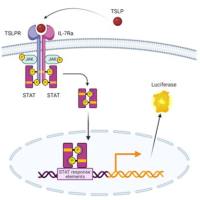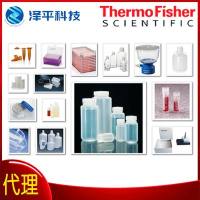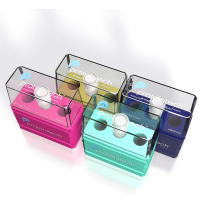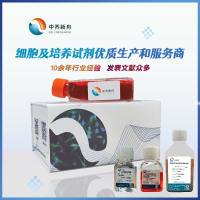Method: Cell Counts Using a Hemacytometer
互联网
Method: Cell Counts Using a Hemacytometer
June 1, 1990Rosalie Veile
Purpose:
-
The purpose of this procedure is to determine the cell density of the culture. Cell cultures always have some dead cells; the viable and non-viable cells can be distinguished with the use of trypan blue dye and a hemacytometer. Living cells will not take up the dye while dead cells do.
Time required:
-
5 minutes for 2 two cell counts
Procedure:
-
Transfer 200 µl of the cell suspension into a 15 ml centrifuge tube.
-
Add 300 µl of PBS and 500 µl of trypan blue solution to the cell suspension (creating a dilution factor of 5) in the centrifuge tube. Mix thoroughly and allow to stand 5 to 15 minutes. Note: If cells are exposed to trypan blue for extended periods of time, viable cells may begin to take up dye as well as non-viable cells, thus, try to do cell counts within one hour after dye solution is added.
-
With a cover-slip in place, use a pasteur pipette and transfer a small amount of the trypan blue-cell suspension to a chamber on the hemocytometer. This is done by carefully touching the edge of the cover-slip with the pipette tip and allowing the chamber to fill by capillary action. Do not overfill or underfill the chambers.
-
Count all the cells (non-viable cells stain blue, viable cells will remain opaque) in the 1mm center square and the four corner squares. Refer to diagram below. Keep a separate count of viable and non-viable cells. If greater than 25% of cells are non-viable, the culture is not being maintained on the appropriate amount of media; reincubate culture and adjust the volume of media according to the confluency of the cells and the appearance of the media. A culture growing well will have many clumps of cells and will turn the media from an orange to a yellow color within several days (increase the amount of media). A culture not growing well will have few clumps of cells and the media will not change to the yellow color (it may even turn pink, if so, decrease the volume of media). Cells may be frozen if greater than 75% of the cells are viable. Note: If greater than 10% of the cells appear clustered, repeat entire procedure making sure the cells are dispersed by vigorous pipetting in the original cell suspension as well as the trypan blue suspension. If less than 20 or greater than 100 cells are observed in the 25 squares, repeat the procedure adjusting to an appropriate dilution factor. Repeat the count using the other chamber of the hemacytometer.
-
Each square of the hemacytometer (with cover slip in place) represents a total volume of 0.1 mm3 or 10-4 cm3. Since 1 cm3 is equivalent to 1 ml, the subsequent cell concentration per ml (and the total number of cells) will be determined using the following calculations.
Cells per ml = the average count per square x the dilution factor x 104 (count 10 squares)
Example: If the average count per square is 45 cells x 5 x104 = 2,250,000 or 2.25 x 106 cells/ml.
Total cell number = cells per ml x the original volume of fluid from which cell sample was removed.
Example: 2.25 x 106 (cell per ml) x 10 ml (original volume) = 2.25 x 107 total cells.
Sigma Catalog, 1989, Commonly used tissue culture techniques, p. 1492.
-
References:









